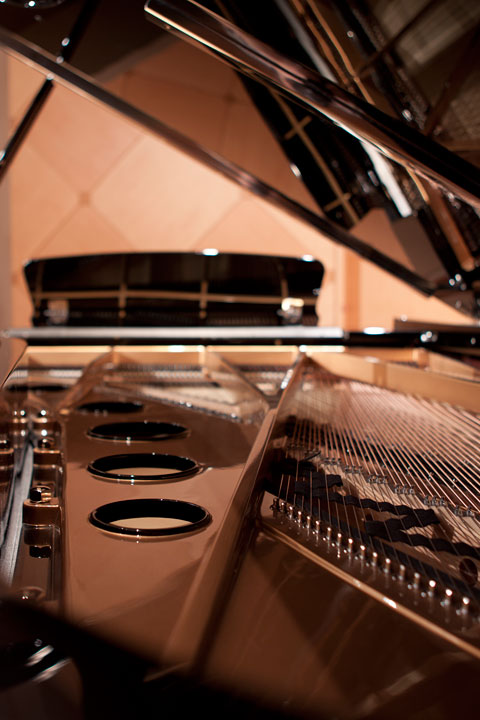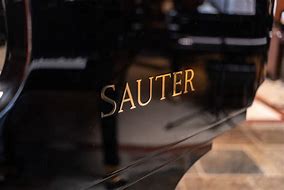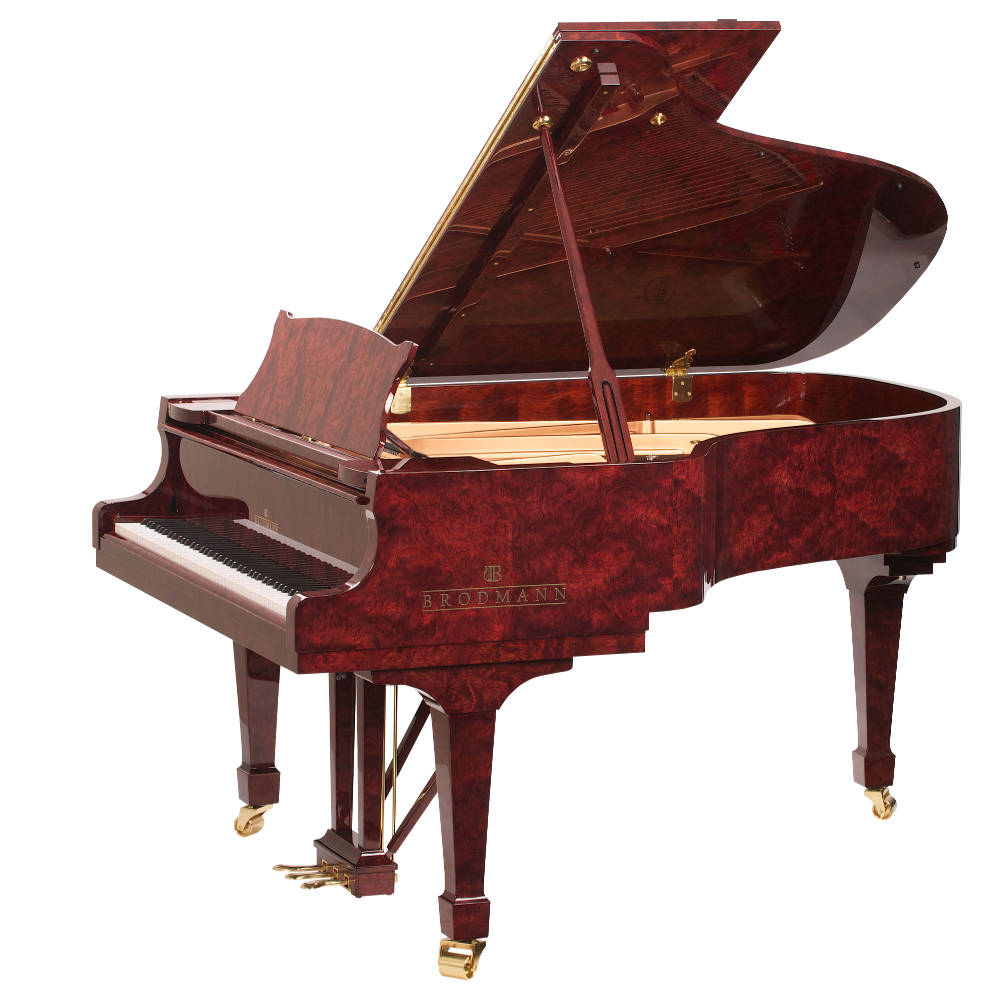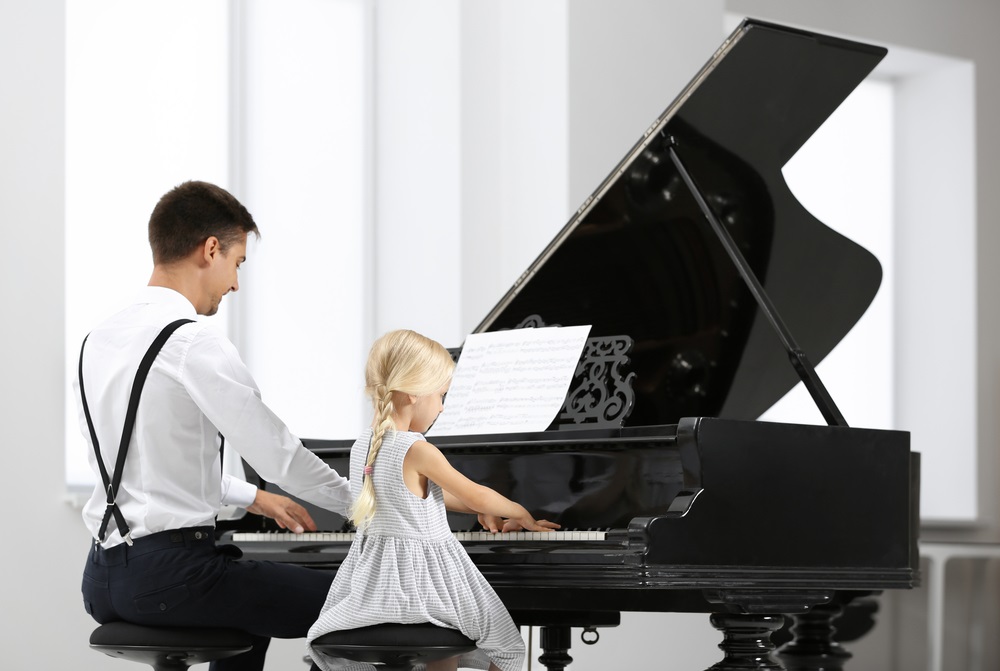
How to Buy a Piano (Part 2)
A quick reminder that this series of articles is from my perspective and experience. There are many pianos made by numerous companies with many perspectives from qualified technicians. Your mileage may vary.
Before we dive into the meat of selecting a piano, let me expound a bit upon the issue of character. There seems to be two major camps of thought on this subject with a lot of people trying to ride the fence. One camp says each instrument is unique, even when quality control is tightly monitored by a single manufacturer. The other camp believes if enough controls are enforced and the character of each part is understood, a carbon copy of the design can be produced. I seem to fall somewhere in the middle. I have never voiced two C. Bechsteins that seemed identical. The character of the voice seems unique to each instrument. Yet, there is a symmetry in the build of their action, its regulation, and its attack on the strings that can make voicing these pianos a joy. It is one of the reasons I would suggest you allow Campbell Piano Shop to get to know your desires and expectations from a piano. We will work to find just the right instrument for you. Please understand that we will make every attempt to stay within your boundaries. But for me, there are some instruments that need to be played by a given musician. I will not hesitate to say so.
String Length, String Length, String Length
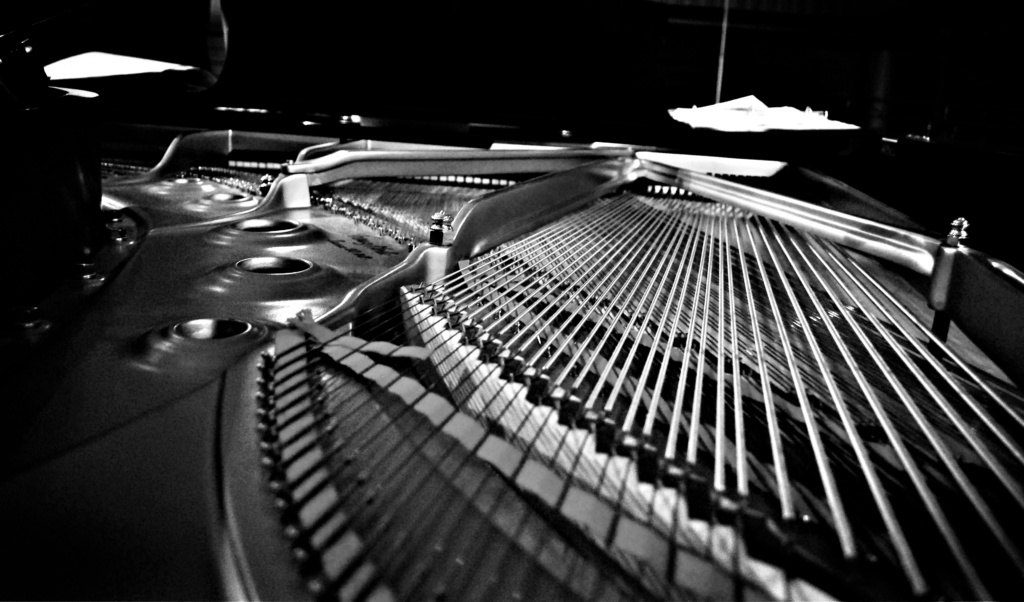
There is a dictum in the real estate world that postulates the three most important points on which you must focus are, “Location, location, and location.” The length of string used in a piano design (you may know this element of piano design as the scale) has long been a benchmark of quality as well as a selling point. It plays a significant role in the character of the tone. But then, so does rim construction, bridge materials and design, soundboard design and construction, rib connections, and a host of other design elements that must work in harmony with the strings to produce a pleasing tone and last a lifetime. Unfortunately, many manufacturers think they can ‘copy’ another piano’s design and build quality instruments without understanding the underlying technologies and principles. The result? Pianos that cost a lot of money but come up woefully short on the delivery of great piano sound, quality, or lifespan.
The specifications of diameter and string length, if properly understood, go a long way toward developing the tone of the instrument. If we can get a longer string to vibrate well and it is coupled to the surrounding air properly, we will hear a better fundamental pitch along with complimentary partials. While I do not intend to cover the MANY aspects of piano design in these articles, it is important to realize that some engineers understand these principles and strive to live within their boundaries. Others merely copy what they see without understanding its interaction with the rest of the instrument.
Use Good Design
What to do with this little pearl of knowledge? I would suggest you look at instruments which are built upon solid design principles, that have the longest string length possible, and will fit in the space you have designated for the piano. For example, if space is a premium and an upright is the only option, a large pro upright piano will usually have the same footprint as a schoolhouse console. The longer string length in a quality design will likely result in a better tone that will be the envy of even some smaller baby grand pianos. The the attention to detail in the action will make it more enjoyable to play. ALERT: I belong to the ‘never purchase an old spinet club!’ They are much smaller and lighter than their cousins and usually have a lower purchase price. However, they will cost a small fortune to repair and/or rebuild. The culprit is the design of the action to accommodate the shorter strings. This has the double whammy of making them expensive to repair and difficult to tune. There simply is not enough string length to produce good piano tone. (Did I mention I do not care for spinets?)
And the Winner Is?
Now, the part for which so many have asked. Which pianos do I recommend? In the new piano category, the top shelf instruments seem to continue to come from European makers. You will likely recognize many of these manufacturers. These pianos are of great quality, will deliver a great piano sound when properly prepared, and will last for many years to come. In no particular order, they include:
- C. Bechstein
- Bluthner
- Ronish
- Bosendorfer
- Steingraeber
- Grotrian
- Fazioli
- Hamburg Steinway
- Sauter
- Ravenscroft
These pianos represent some of the best quality available. However, they are not for the faint of heart. Starting at $40,000 and going up as high as $300,000, these instruments can be customized in many ways that make them beautiful to play and a marvel to behold. Even if their price puts them out of your budget, I would encourage you to visit a store and play as many different ones as possible. The experience will educate your ears to the sound a piano should produce.
Many concert pianists as well as enthusiasts will select one of these pianos in a 6′ to 6′ 11″ model. Pianos of this size will retain a robust lower end with clarity and great tone in the mid to upper notes. Many manufacturers start producing concert instruments around the 7′ length. This is where the bass strings begin to produce a full and strong fundamental tone with, if designed well, very supportive partials.
Sauter Omega 220
My favorite instrument of all time was a 7′ Sauter Omega 220 that was prepared by Chris Finger and Barth Story. This may be the finest piano I have ever played. As my favorite pieces started to come alive, I became lost in the music with no thought of the piano or how it was responding. It simply did EVERYTHING I asked and more without effort. I must have played for three hours, though it was hard for me to tell, as I was transported to other worlds.
Now why would I go on and on about a piano that was sold to a client more than twenty years ago? There were a number of Sauter Omega 220 pianos sold that year. They were prepared by a number of different technicians in many different ways. However, this piano responded to my input in a way I cannot describe. It is my belief that an average piano prepared by one of the great technicians will deliver a much better musical experience than the finest manufactured piano that has been poorly prepared. A number of piano stores uncrate the instrument, tune it twice, and put it on the floor. I know that Mr. Finger spent over twenty hours on the preparation of that particular Sauter. Many technicians can talk about the principles but only a few can actually deliver the results necessary for a piano to sing.
Chinese Pianos
For many years, Japanese pianos were thought of as second class, underbuilt, nasally in tone, and quite ‘cheap’. However, the Japanese started their own traditions, then built upon those traditions to become a powerhouse in the piano building world. Today a Kawai or Yamaha finds its way into many studios, jazz clubs, concert halls, and other prestigious venues. It might be a bit early to tell which direction Chinese pianos will go, but there is one brand I would like to put forth as worthy of consideration.
Joseph Brodmann started building pianos in Vienna, Austria in the late 17th century and continued into the early 18th century. During this time, Vienna was considered a part of the ‘epicenter’ of modern music. Luminaries such as Mozart, Beethoven, and Schubert exerted their influence on the instrument world, including the young piano maker Joseph Brodmann. There is more to this fascinating company and the mark they left on the piano making world, but it ends today with the Vienna-based Brodmann Company producing very good pianos which are made in China. Using high quality parts, they assemble what seems to be a very respectable instrument with a robust low end and a singing mid and high range. As Henry Ford has been noted for saying, “You can have any color as long as it’s black.” If you want a special case, modern color, or a specific build to fit your décor, this might not be the right piano. However, if you are interested in a fine instrument, great tone, and a very good touch at a better price, (and do not mind black) you need to put this manufacturer on your short list.
Piano Buyer
I will leave you with this resource. Larry Fine has the Piano Buyer website and does excellent work in providing all kinds of information about pianos and piano buying. I would strongly suggest you read his articles and begin your research BEFORE you purchase an instrument.

